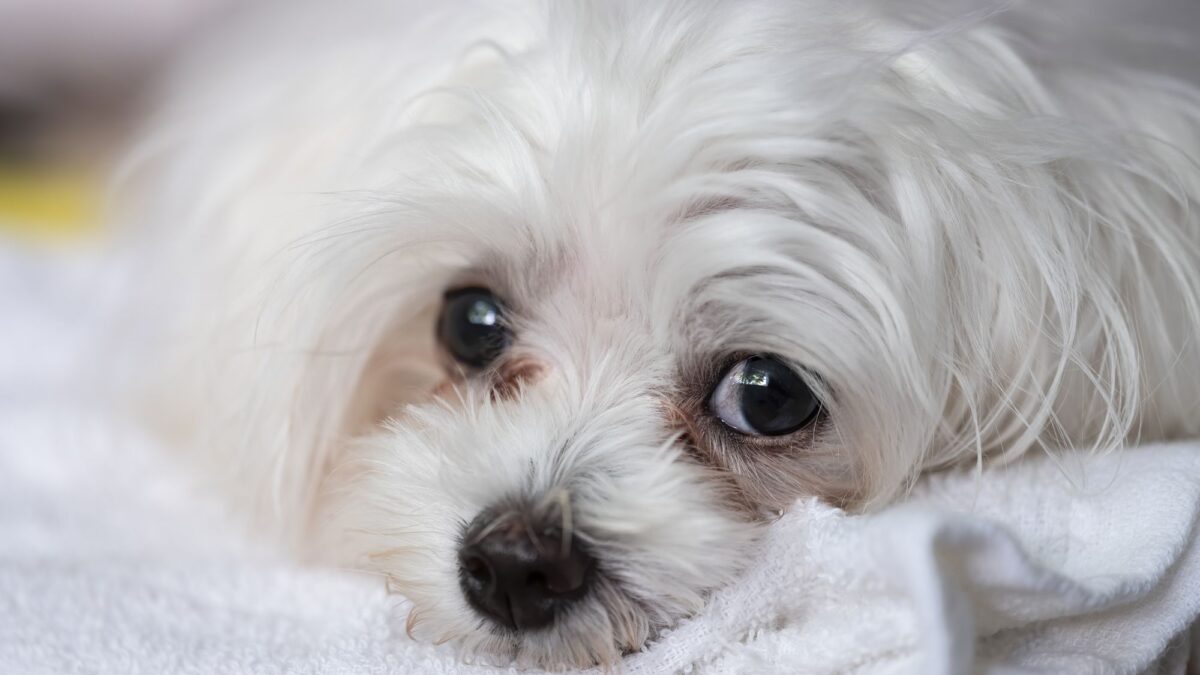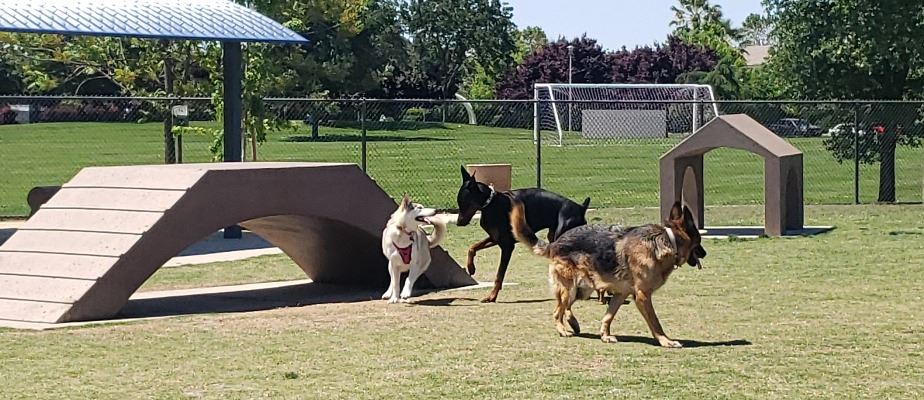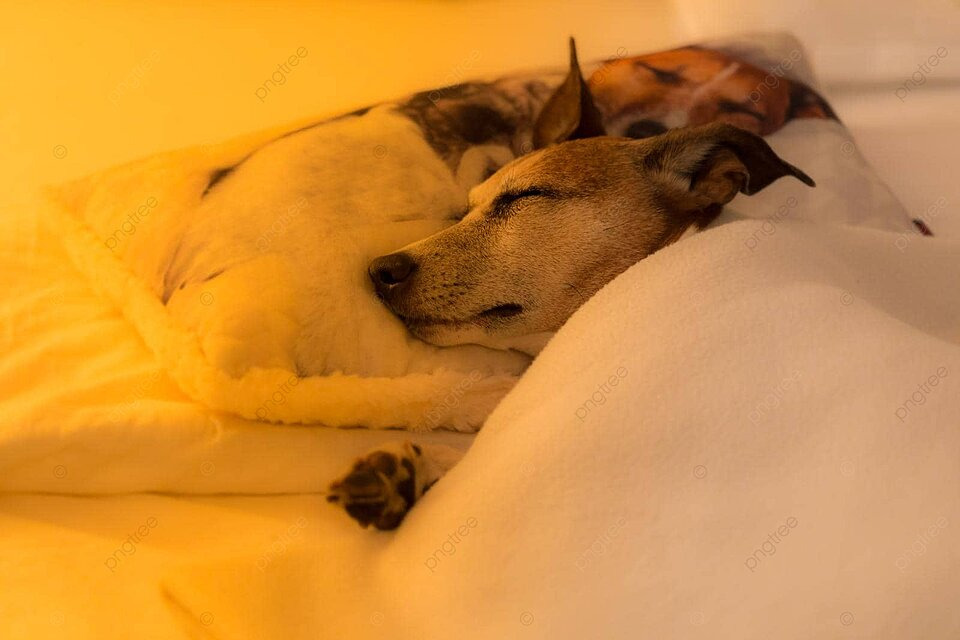How To Stop Tear Stains With These Top Tips From Experts

It’s time to get rid of your dog’s tear stains that are natural, but very noticeable on white haired dogs especially. All breeds can get tear stains, and yes they are a sign of a medical condition, but the good news it that they are non-serious and harmless for the majority of the time!
If you want to get rid of that reddish-brownish look and medical conditions have been ruled out by your veterinarian there are products from over-the-counter that can help stop and get rid of such a problem. So lets take a dive into the causes of these tear stains, and way we can get rid of them for your doggy!
What Causes Tear Stains on Dogs?
Tear stains on dogs are often caused by porphyrins, which are iron-carrying molecules that are the by-product of red blood cells being broken down. Porphyrins are carried in a dog’s tears, urine and saliva, and when they come into contact with the pet’s fur, stains are produced. “The chemical reaction between porphyrins and fur is what causes the change in color,” says Dr. Zay Satchu, chief veterinary officer and co-founder of BondVet, based in New York City.
In this case, the extent of a dog’s tear stains is determined by the quantity of porphyrins and tears produced by the individual pet, says Rachel Ann Stalcoskie, head stylist and co-owner of Rachel Ann’s Country Clips Pet Grooming in Pocono Summit, Pennsylvania. Tear stains on white dogs are typically more obvious but only because of their light fur.
While tear stains on dogs are harmless, they may be indicative of an underlying medical issue. So, “If tear stains are a new development, it is a good idea to have a physical exam performed by a veterinarian to ensure there is no medical reason causing increased tear production that is leading to the staining,” recommends Dr. Satchu.
Tear stains on dogs are sometimes due to either eye irritation or a tear duct system that doesn’t drain tears correctly. Normally, tears drain from the eyes to the nose—but a wonky tear duct system causes tears to flow over the eyelid and onto the face.
What are some of the other things that may cause tear stains that your vet might want to rule out?
- Entropion. This is where the eyelids are positioned towards the eye instead of away. Some breeds, including English Bulldogs, Great Danes and Miniature Poodles are more susceptible.
- A yeast or fungal infection.
- Abnormal eyelashes. Ectopic cilia, for example, occurs when one or more hairs grow abnormally. The hair then makes contact with the cornea and causes irritation and ulcers.
- Damage to the corneas (surface of the eye). This is oftentimes caused by an infection or the result of an injury to the eye.
- Glaucoma. When fluid builds up, it increases pressure on the eye.
How to Get Rid of Tear Stains on Dogs
Once your vet has ruled out any serious issues, you can start treating the tear stains at home. One key thing to keep in mind is that there isn’t really one specific product that will work the same way on every dog.
“Over the years I have seen a hundred things work and a hundred things not work to get rid of the stains. It all depends on the individual pet and the severity of the staining,” Stalcoskie says. When it comes to cleaning tear stains on dogs, it’s mostly a case of trial and error.
Some of the things Stalcoskie has seen work on different dogs over the years include the following:
- Treating the underlying medical condition, like entropion or allergies
- Changing the dog’s drinking water from tap water to filtered bottle water
- Adding a supplement to the dog’s diet or changing the dog’s diet
- Keeping the dog’s face well maintained: “Keeping hair short around eyes, cleaning the face multiple times a day and keeping the face as dry as possible.”
- An array of OTC products (like dog tear stain removers)
Tear Stain Removers for Dogs
“The best advice I can give on OTC products is to research the product thoroughly and try different things out to see what works for the individual pet,” Stalcoskie says.
One dog tear stain remover that seems to do a good job is Angel Eyes, says Dr. Satchu.
“They make wipes for existing stains, but also supplements that help to prevent future stains from developing.” These pre-moistened, no-rinse wipes contain a mild detergent derived from coconut oil and other natural ingredients like juniper berry oil and aloe leaf extract.
Another brand veterinarians recommend is the Optixcare line of cleaners and wipes.
A word of caution: Keep in mind during application that these (or any) OTC products should only be used around the eyes, never ever in the eyes. Always check with your vet before using a new product on your dog, and avoid using home remedies for dog tear stain removers as they may be potentially harmful to your dog.
For more information please check out Chewy!






